How did you get started with bodybuilding?
I remember at an extremely young age, probably 12, visiting my triple black-belt uncle in Toronto. I had never done any weight training before and he had me grind out 200 crunches as what turned out to be only the beginning of a brutal lengthy workout. Needless to say, I was beyond sore for the following week but was forever bitten with the desire to weight train. Then came the classic plastic coated cement dumbbell set and bench, followed shortly after by training seriously in the gyms of my high schools.
That being said, it wasn’t until about 2 years ago at the age of 22 that I really put all of my effort into learning about nutrition, physiology and kinetics and applying what I learned to my body.
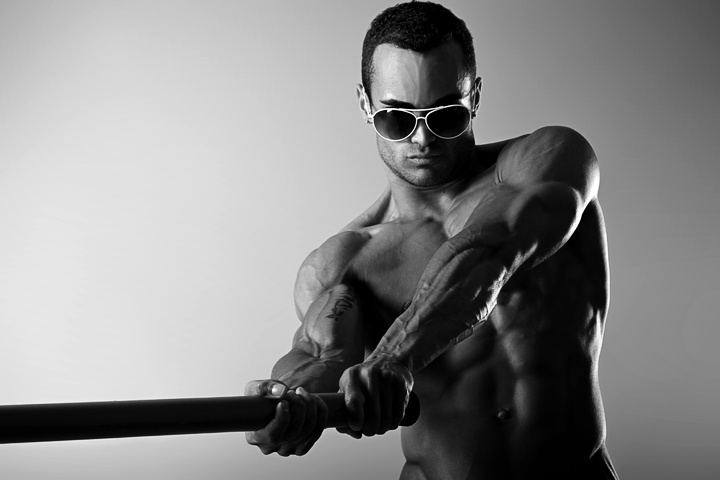
Where does your motivation come from?
First off, raw passion drives me to train. I love every aspect of it, from being sore to the pump to breaking a PR to trying new exercises and everything in between.
I also look at my body the way a modern day North American would look at the only expensive car they’ve ever purchased: would you treat this car like a dumpster, not maintain it and fill it with fuel that will knowingly damage it’s entire system and reduce its lifetime? I think not…
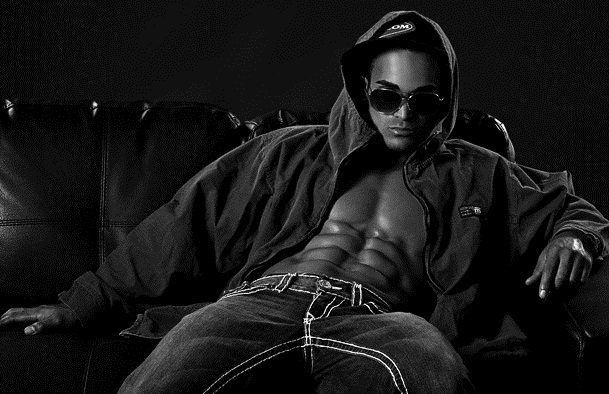
What workout routine has worked best for you?
Having tried an almost innumerable list of routines, the best workout mandate for me has been not to have a set routine!! I generally switch things up from week to week depending on how my body feels. One week may be based off of a 5×5 kind of concept while the next will be more akin to a giant set workout. Natural organisms, whether plant or animal, grow best when they’re constantly exposed to mild adjustments in environmental stress, i.e. reps and set schemes, type of exercise, rest times, etc. Generally though, my workouts are very high intensity bordering a cardiovascular in nature due to the short rest times I implement. Rest times obviously increase on super heavy days.
Sample Routine:
Monday Chest and Back
- 75 wide grip chins to start, focusing on form and contraction, as many sets as needed to complete # of reps.
- Dumbbell press, T bar row superset: 4X10
- Incline dumbbell press, deadlift superset: 5×5 HEAVY
- Wide grip pulldown, close grip pulldown, seated incline cable flye superset: 4×8-12
- Seated cable row, pec deck superset: 4×8-12
- Dips: 5 sets to failure.
Wednesday Legs
- Squats: 6×8-12
- Dumbbell lunges: 5×15 HEAVY
- Leg press, jump squat superset: 5×8-12
- Leg extension, hamstring curl superset: 5×15
- Instinct calf training for 30 minutes, variety of rep and set schemes, light to heavy weight
- Instinct ab training for 20 minutes
Thursday Shoulders
- Dumbbell press, upright row superset: 3×10 HEAVY
- Behind the neck Smith Machine press: 3×10 HEAVY
- Front raise, rear delt machine flye superset: 4×8-12
- Lateral raise triple drop set: 5×15-10
Friday Arms
- Tricep dips 3×10 (giant sets)
- Close grip bench 3×10 (giant sets)
- Close grip E-Z bar curls 3×10 (giant sets)
- Concentration curls 3×10 (giant sets)
Saturday Misc
- Plyometrics for 20 minutes
- Ab instinct training for 20 minutes
- Calf instinct training for 30 minutes

If you have to pick only 3 exercises, what would they be and why?
- Squats, as we all know, are the King of compound movements. Done with correct form and proper mind muscle connection and tempo, this exercise has transformed my entire body.
- Deadlifts, same stipulations as above, same reasons as above.
- Incline dumbbell press and incline flye supersets have really changed the shape and uniformity of my chest.
The combination has allowed me to activate more nerves in my upper chest, helping me focus mentally on it even when doing flat bench exercises.
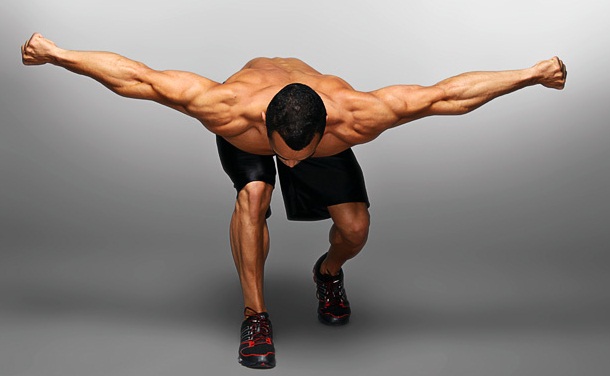
What is your diet like?
My diet is based strictly on what I’ve learned about my body through experimenting with nutrition and documenting the process. What works for Greg Plitt, Jay cutler or Dorian Yates is completely irrelevant as far as I’m concerned. Every human body is different, the lessons you’ll learn from discovering what works best for YOU will be invaluable. Having rotated through many different diets I’ve come to the conclusion that moderation, as with most things, works best. While a keto type of diet allows me to look extremely dry and hard on account of the lack of carb-caused subcutaneous water retention, I feel my best, train hardest and look fullest at about 200 grams protein, 200 grams complex carbs and 40 grams fat. I track all of my macros and keep calories around 2000 Monday to Friday, with high carb high calorie days on Saturdays and especially Sundays. I weigh 165 lbs. and am 5% bodyfat currently.
Sample Diet:
- Meal 1: 2 scoops whey and 2 scoops greens powder
- Meal 2: 1 can tuna and 1/2 cup of mixed grains (steel cut oats, ground flax seed, wheat germ)
- Meal 3: 1 can of salmon and 85 grams (dry) of whole wheat pasta with 1 cup tomato sauce and 4 tbsp. of cheese 2 cups of dark green veg
- Meal 4: 1 scoop whey and 1 cup of mixed berries
- Meal 5: 1 scoop of whey 2 cups dark green veg
- Meal 6: 1 tbsp. of peanut butter
Calories 2075, Protein 195, Carbs 202, Fats 45
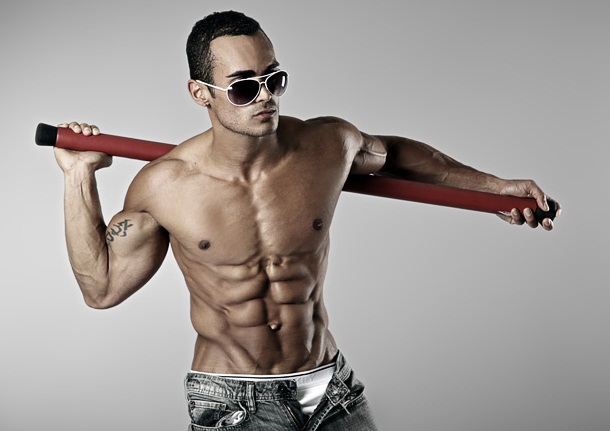
They say that the pre and post-workout meals are the most vital meals for the day, what do yours consist of?
Indeed, that is what they say. They also say a lot of things… Turning a blind eye to conventional methods, I train daily at 7 am on a completely empty stomach. Occasionally I’ll have a tbsp. of peanut butter or a scoop of whey, but rarely. I find I have more energy, feel lighter and am less sluggish when training on empty. It also allows my body to burn through more glycogen and access bodyfat stores for energy.
The depleted glycogen levels afterwards also means the carbs I eat will be likely packed into muscles to refill them as opposed to stored as bodyfat. My workouts are always followed with 2 scoops of whey 2 scoops of green, then a full meal an hour afterwards.
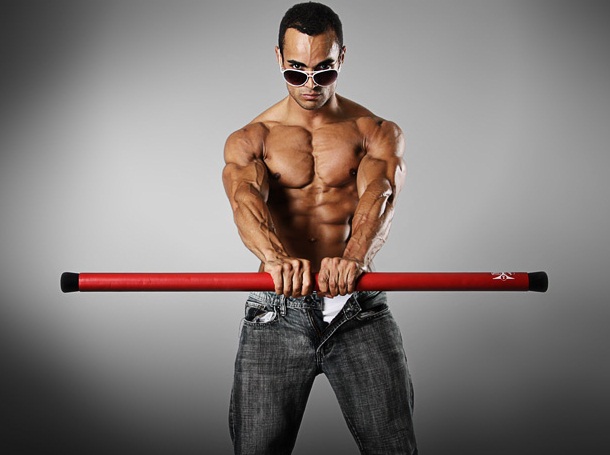
When trying to cut down do you prefer to use HIIT or just normal cardio?
I perform neither. The goal of cardio pertaining to weight loss is to create a caloric deficit, with a slightly increased metabolic rate as a distant second. I prefer to create this caloric deficit through dietary adjustments which allows me to maintain essentially all of my muscle mass while cutting down. Again, my weight routines are VERY intense and I definitely view them as a form of cardiovascular exercise in and of themselves.
The highest I ever drift as far as bodyfat goes is up to about 7%, cutting for me is never really a thing because I maintain leanness.
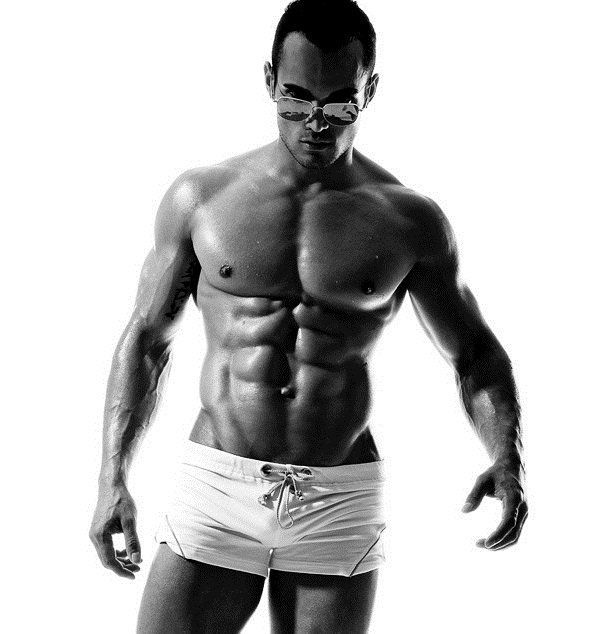
What is your supplementation like?
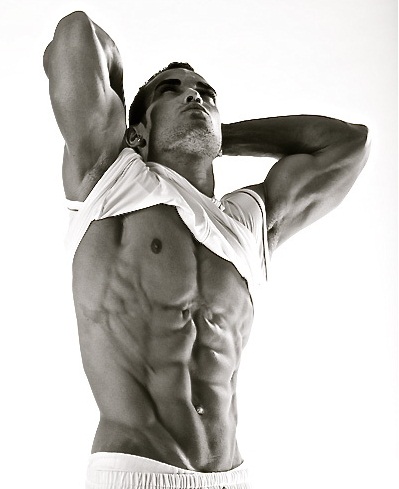 Multivitamin
Multivitamin- B complex
- GABA
- High dose vitamin C and E
- Fish oils and other EFAs
- Creatine
Favorite Bodybuilders?
Frank Zane, Kelechi Opara, Ulysses Williams, Arnold Schwarzenegger, Serge Nubret
Favorite Quote?
If you brag, you’ve got nothing to brag about.
Bodyspace: http://bodyspace.com/avka/










